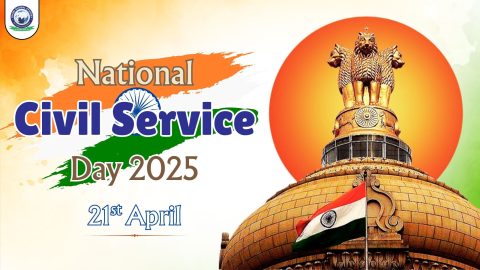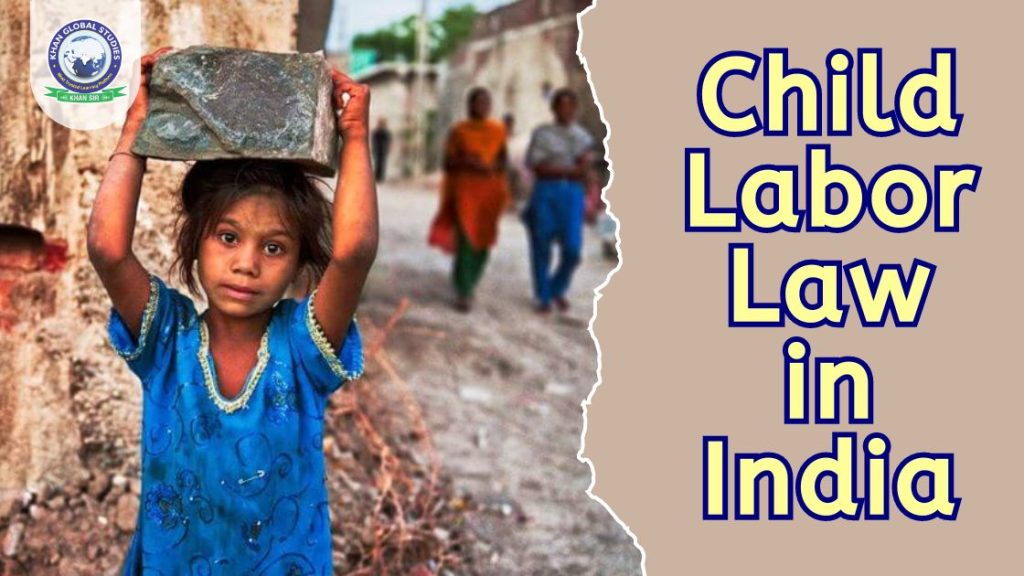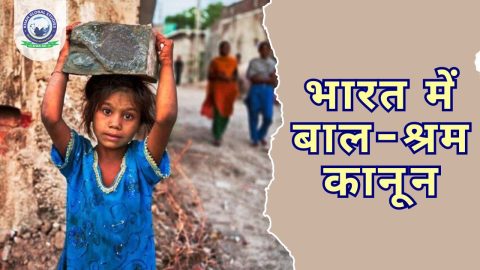Child labor remains a pressing issue in India, despite numerous laws and regulations designed to curb it. This article delves into the causes, types, and legal aspects of child labor in India, providing a comprehensive understanding of the situation. Addressing child labor is not just a legal necessity but also a moral imperative to ensure the well-being and future of children.
Understanding Child Labor
It refers to the employment of children in any work that deprives them of their childhood, interferes with their ability to attend regular school, and is harmful to their physical and mental development. It is a global issue that affects millions of children, predominantly in developing countries.
Causes of Child Labor in India
- Poverty: Poverty is the primary driver of child labor in India. Families struggling to make ends meet often rely on their children to contribute to the household income, even at the expense of their education and health.
- Lack of Education: Access to quality education is limited in many parts of India. The lack of schools, inadequate infrastructure, and poor quality of teaching force children into the workforce at a young age.
- Cultural Factors: In some communities, child labor is culturally accepted. Traditional practices and societal norms sometimes view child labor as a necessary rite of passage or as a way for children to learn skills and contribute to the family.
- Economic Necessity: Economic pressures compel families to send their children to work. The informal economy, which includes small-scale industries and agriculture, often employs children due to the demand for cheap labor.
Types of Child Labor
- Agricultural Work: Children working in agriculture are often exposed to hazardous conditions, including the use of pesticides and long hours under the sun. This type of labor is prevalent in rural areas.
- Domestic Work: Domestic child labor involves children working in households, performing tasks such as cleaning, cooking, and taking care of other children. This form of labor is often hidden and unregulated.
- Industrial Work: In industrial settings, children may be found working in factories, workshops, and small-scale industries. They are often exposed to dangerous machinery and harmful substances.
- Street Work: Children working on the streets engage in various activities, including vending, begging, and rag-picking. These children are vulnerable to exploitation and abuse.
Legal Framework for Child Labor in India
The Child Labour (Prohibition and Regulation) Act, 1986
This act prohibits the employment of children below 14 years in certain hazardous occupations and processes. It also regulates the conditions of work for children in other occupations.
The Juvenile Justice (Care and Protection of Children) Act, 2015
This act provides for the care, protection, and rehabilitation of children in need, including those engaged in it. It emphasizes the need for a child-friendly approach in handling juvenile cases.
The Right of Children to Free and Compulsory Education Act, 2009
Also known as the RTE Act, this legislation mandates free and compulsory education for all children aged 6 to 14 years. It aims to eliminate it by ensuring that children attend school.
Legal Age for Work
Minimum Age for Employment
The legal minimum age for employment in India is 14 years. However, children between 14 and 18 years are allowed to work in non-hazardous occupations, provided it does not interfere with their education.
Prohibited Occupations and Processes
The law specifically prohibits the employment of children in hazardous occupations and processes, such as mining, manufacturing, and construction. These restrictions are intended to protect children from dangerous work environments.
Impact of Child Labor on Children
- Physical Impact: Child labor can have severe physical consequences, including stunted growth, malnutrition, and injuries from hazardous work conditions. Children are often exposed to harmful chemicals and heavy lifting, leading to long-term health issues.
- Psychological Impact: The psychological toll of child labor includes stress, anxiety, and depression. The harsh working conditions and lack of a supportive environment can severely impact a child’s mental well-being.
- Educational Impact: Child labor deprives children of their right to education. Many child laborers either drop out of school or never attend, limiting their future opportunities and perpetuating the cycle of poverty.
Government Initiatives and Programs
National Child Labour Project (NCLP)
The NCLP aims to identify, withdraw, and rehabilitate child laborers. It provides non-formal education, vocational training, and support to reintegrate children into the formal education system.
Mid-Day Meal Scheme
This program provides free meals to children in government and government-aided schools. It incentivizes attendance and improves nutritional levels, helping to keep children in school rather than at work.
Various State-Level Programs
Several states have implemented their own initiatives to combat child labor. These programs often include rescue operations, rehabilitation centers, and educational campaigns.
Role of NGOs and International Organizations
Contributions of NGOs
Non-governmental organizations (NGOs) play a crucial role in the fight against child labor. They conduct rescue operations, provide education and vocational training, and advocate for stronger laws and policies.
International Partnerships and Support
Organizations such as the International Labour Organization (ILO) and UNICEF work with the Indian government and local NGOs to combat it. They provide funding, technical support, and advocacy at the international level.
Challenges in Implementing Child Labor Laws
- Enforcement Issues: Despite strong laws, enforcement remains a challenge. Limited resources, lack of trained personnel, and bureaucratic inefficiencies hinder effective implementation.
- Corruption: Corruption within the system can obstruct the enforcement of child labor laws. Bribery and collusion between employers and officials can undermine efforts to combat child labor.
- Lack of Awareness: Many families and communities are unaware of the legal provisions and the importance of education. Raising awareness is crucial to changing attitudes and behaviors regarding it.
Success Stories
Case Studies of Rescued Children
There are numerous success stories of children rescued from labor, who have gone on to receive education and build successful lives. These stories highlight the positive impact of intervention and support.
Successful Rehabilitation Programs
Rehabilitation programs that provide education, vocational training, and psychological support have shown promising results in reintegrating child laborers into society.
Public Awareness and Education
Importance of Public Awareness
Public awareness campaigns play a vital role in combating it. Educating the public about the harms of child labor and the importance of education can lead to significant changes in attitudes and practices.
Educational Campaigns
Campaigns that target parents, children, and employers can help reduce the incidence of it. These campaigns often use various media, including television, radio, and social media, to spread their message.
Future Directions and Recommendations
Strengthening Laws and Regulations
Strengthening existing laws and ensuring strict enforcement is essential. This includes increasing penalties for violations and improving the monitoring mechanisms.
Enhancing Education and Vocational Training
Providing quality education and vocational training is crucial. Schools should be accessible and equipped with the necessary resources to attract and retain students.
Promoting Economic Development
Economic development initiatives that focus on reducing poverty and increasing employment opportunities for adults can indirectly reduce it. Empowering families economically can eliminate the need for child labor.
Conclusion
Child labor is a complex issue that requires a multifaceted approach. While India has made significant strides in addressing child labor, much work remains. Strengthening laws, improving education, and raising public awareness are crucial steps in ensuring that every child can enjoy a safe and fulfilling childhood.
FAQs
Question: What is the legal age for work in India?
Answer: The legal minimum age for employment in India is 14 years. Children between 14 and 18 years can work in non-hazardous occupations, provided it does not interfere with their education.
Question: What are the main causes of child labor in India?
Answer: The main causes of child labor in India include poverty, lack of education, cultural factors, and economic necessity.
Question: How does child labor affect children?
Answer: Child labor affects children physically, psychologically, and educationally. It can lead to health issues, mental stress, and deprives them of their right to education.
Question: What are the government initiatives to combat child labor?
Answer: Government initiatives include the National Child Labour Project (NCLP), the Mid-Day Meal Scheme, and various state-level programs aimed at rescuing and rehabilitating child laborers.
Question: How can individuals contribute to eradicating child labor?
Answer: Individuals can contribute by raising awareness, supporting NGOs, reporting cases of child labor, and promoting education and economic opportunities in their communities.




